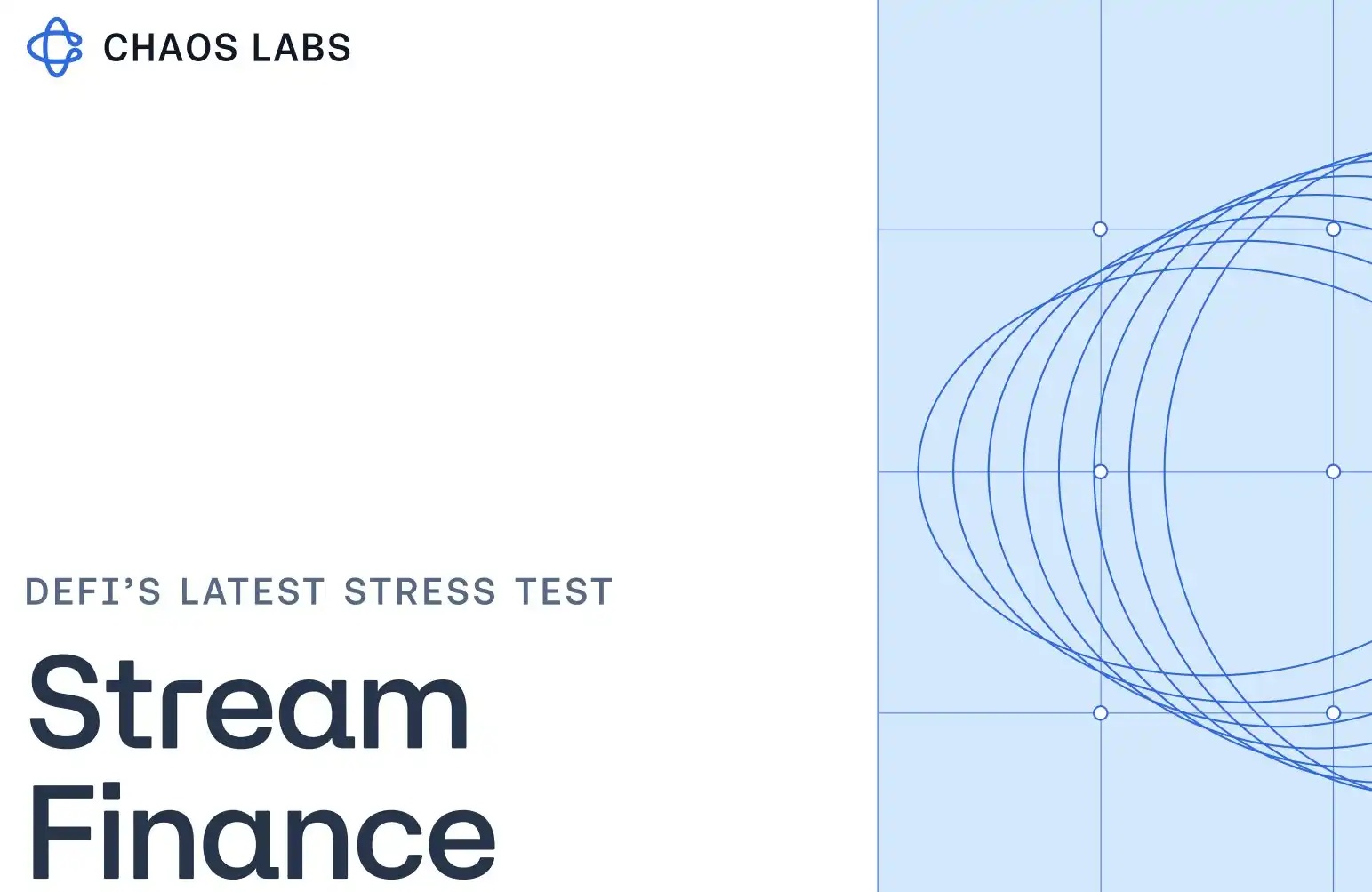Grayscale: A brief analysis of the challenges faced by the ETHW fork
Original title: "Grayscale: A Brief Analysis of the Challenges of the ETHW Fork"
Original author: Grayscale Research Matt Maximo and Michael Zhao
Original translation: DeFi's Way
Background
Ethereum is scheduled to merge to Proof of Stake (PoS) on September 15, 2022, which, as expected, has led to speculation about a Proof of Work (POW) Ethereum (ETHW) fork. While there is precedent for Ethereum forks, we will explore why it may not be feasible this time and what it means for Ethereum (ETH) and Ethereum Classic (ETC).
Ethereum Classic (ETC) was born in 2016 when a vulnerability in the code of a fledgling decentralized autonomous organization (known as “The DAO”) was exploited to allow hackers to steal over 3.6 million ETH. While most of the community supported a hard fork to modify the network’s transaction history to invalidate the attacker’s actions, a subset of people believed that no modifications should be made to the chain state. The forked version of the Ethereum network became the Ethereum chain we have today, while the subset of users who opposed the fork continue to host the version of the network that The DAO’s attackers successfully attacked, now known as Ethereum Classic (ETC).
Since then, Ethereum has grown into a robust on-chain ecosystem of decentralized applications (dApps) and users, while Ethereum Classic remains largely a store of value asset. Despite the differences, Ethereum Classic (ETC) offers a new proof-of-work (PoW) variant of the Ethereum network that users, developers, and miners can seamlessly transition to if an Ethereum merge results in a hard fork.
In March 2022, news began to spread that Ethereum miners were considering transitioning to Ethereum Classic (ETC), causing the price of ETC to rise by 103% in 11 days. Despite speculation surrounding a new ETHW fork following the merger, ETC has risen again, gaining more than 198% since July 12. Speculation surrounding the merger has made ETC one of the best performing cryptocurrencies in 2022, up 18% year-to-date, while other cryptocurrencies such as Bitcoin (BTC) and Ethereum (ETH) have lost nearly 50% of their value.

Source: TradingView, as of August 15, 2022
Historically, forked assets have been very profitable, and many of the top tokens by market cap started as forks of Bitcoin and Ethereum. For example, in July 2016, when Ethereum (ETH) forked into ETH and ETC, anyone who held a token on the original blockchain at the time immediately owned an equal amount of the new token . By the end of the year, ETC was ranked sixth with a market cap of $124 million, while ETH was $697 million. Today, Ethereum Classic (ETC) is the 19th largest token by market cap, valued at over $5.6 billion.
Despite past precedents of forks creating value, we’ll explore why creating an Ethereum PoW fork chain may not be a viable solution this time around.
Ethereum is More Than Money
It’s important to distinguish between the Ethereum ecosystem of 2016 (when the network first forked into ETH and ETC) and the more developed on-chain ecosystem of Ethereum protocols, dApps, and Tokens that users experience and interact with today. The current PoW fork of the Ethereum network will bring about repeated instances of all of these Tokens , which could present meaningful challenges for developers and market participants. In fact, the sheer complexity of DeFi and the amount of asset-backed Tokens locked in DeFi protocols pose a catastrophic risk to the price of ETHW due to attempts to liquidate on-chain positions. To understand how high the stakes are today, let’s look at a key element of the Ethereum ecosystem: stablecoins. In 2016, when Ethereum Classic forked, stablecoins were just beginning to gain traction. In June of that year, Tether (USDT) had a market cap of just 0.65% of Ethereum (ETH), compared to 28.34% at the time of writing.

Source: CoinMetrics, CoinGecko, as of August 15, 2022
Tether and other stablecoin issuers, such as Circle (USDC), have stated that only Tokens on the PoS network will be redeemable after the fork. This means that all stablecoin variants on ETHW could become worthless, in addition to other "asset-backed Tokens " such as wrapped Bitcoin (wBTC) and staked ETH (stETH).
Some of the main use cases for asset-backed Tokens are loan collateralization, providing liquidity, facilitating leveraged trading, and other DeFi applications. In 2016, this ecosystem was virtually non-existent. Today, DeFi on Ethereum includes more than 530 protocols, with nearly $40 billion in value locked in smart contracts. Currently, more than $25 billion in asset-backed Tokens are locked in smart contracts. If the ETHW fork goes live, users of these protocols may attempt to liquidate leveraged positions using the previous asset-backed Tokens into ETHW Tokens , while ETH holders simultaneously rush to sell the free ETHW Tokens they received for USD or ETH on centralized exchanges. As a result, we may see disproportionate selling pressure on the forked asset.

Source: CoinMetrics, August 15, 2022
So far, the speculative market that has emerged for ETHW does not reflect strong support for the fork. The price of ETHW, which can be considered a proxy for how much support a potential fork may have, has been trending downward since trading of the ETH IOU began on August 10 when Poloniex launched support. ETHW peaked at 0.08 ETH before continuing its upward trajectory, steadily trending down to 0.03 ETH.
While a rebound may be in the near term, ETHW’s price suggests support may be driven by speculation rather than the asset’s true perceived value. While ETHW is down over 50% since launch, ETC is up about 9% over the same period.

Source: CoinGecko (Ethereum POW on Poloniex), as of August 15, 2022
Unnecessary Complexity for Protocol Teams
In addition to the loss of value of the non-redeemable asset-backed Tokens on the ETHW chain, the ETHW fork could create new operational issues for many Ethereum-based protocols. When a protocol’s Token holders vote to deploy on a new blockchain, the circulating supply of the protocol’s Token does not change, to prevent dilution of value and utility. However, on a PoW fork, the protocol will be duplicated, as will any native Token s. This means they may trade at a different price than their counterparts on the PoS chain.
As a result, protocols will need to determine how to manage value held by duplicate treasuries, duplicate Token s, NFT ownership, etc. Token s. How is governance power consolidated? Can someone buy a cheaper variant and still have the same amount of voting power? Will duplicate Token s in the protocol’s treasury be held or sold? Protocol teams may find it much simpler to deploy new instances of the protocol on Ethereum Classic (ETC) without any Token variant issues.
The Bull Case for Ethereum Classic (ETC)
The success of the ETHW fork will require not only users, funding, and development work, but also strong support from existing blockchain infrastructure. Major trading platforms and DeFi protocols are already deciding whether to support the ETHW Token , although these do not necessarily indicate a preference or endorsement of the ETHW technology.
Now that the potential ETHW fork is gaining traction, miners may play an even more critical role. After the merger, miners will no longer be able to receive rewards from the Ethereum network and will seek to transfer their resources to the new network. With about a month to go until the expected merger, there is still no documentation or expected timeline for how miners will need to adjust their machines and software to mine the ETHW chain. In the meantime, Ethereum Classic (ETC) is fully documented and operationally ready to absorb the hashrate currently mining Ethereum.
Whether or not the ETHW fork is successful, Ethereum Classic (ETC) will continue to operate normally. Supporters who continue to use the proof-of-work (PoW) version of Ethereum may find that the complexity of the ETHW fork may not be worth the effort when a stable version of the network exists in Ethereum Classic (ETC). While users may be attracted by the promise of free Tokens , the ability to liquidate ETHW Tokens for USD may be short-lived as liquidity on trading platforms dries up. Users are unlikely to continue to support the ecosystem once there is no more value to extract.
Conclusion
The ETHW fork will face significant challenges due to the complexity of DeFi and the proliferation of asset-backed Tokens . While the chances of success are expected to be low, some support for the PoW fork has emerged from miners and trading platforms. So far, speculation on the ETHW Token has caused the price to steadily decline by more than 50% since launch, while the price of ETC has increased by about 9%. In addition to the decline in interest in the ETHW Token , major Ethereum protocols and participants, such as Tether and Circle, have expressed support for ETH PoS as the canonical chain - an important sign of support as the two companies are responsible for nearly $120 billion in on-chain asset-backed Tokens . If the protocol finds that Token holders do want a protocol variant on Ethereum’s PoW chain, they will likely prefer ETC rather than getting caught up in the complexity of the on-chain ecosystem replicated on ETHW.
Original link
Welcome to join the official BlockBeats community:
Telegram Subscription Group: https://t.me/theblockbeats
Telegram Discussion Group: https://t.me/BlockBeats_App
Official Twitter Account: https://twitter.com/BlockBeatsAsia


 Forum
Forum Finance
Finance
 Specials
Specials
 On-chain Eco
On-chain Eco
 Entry
Entry
 Podcasts
Podcasts
 Activities
Activities
 OPRR
OPRR








